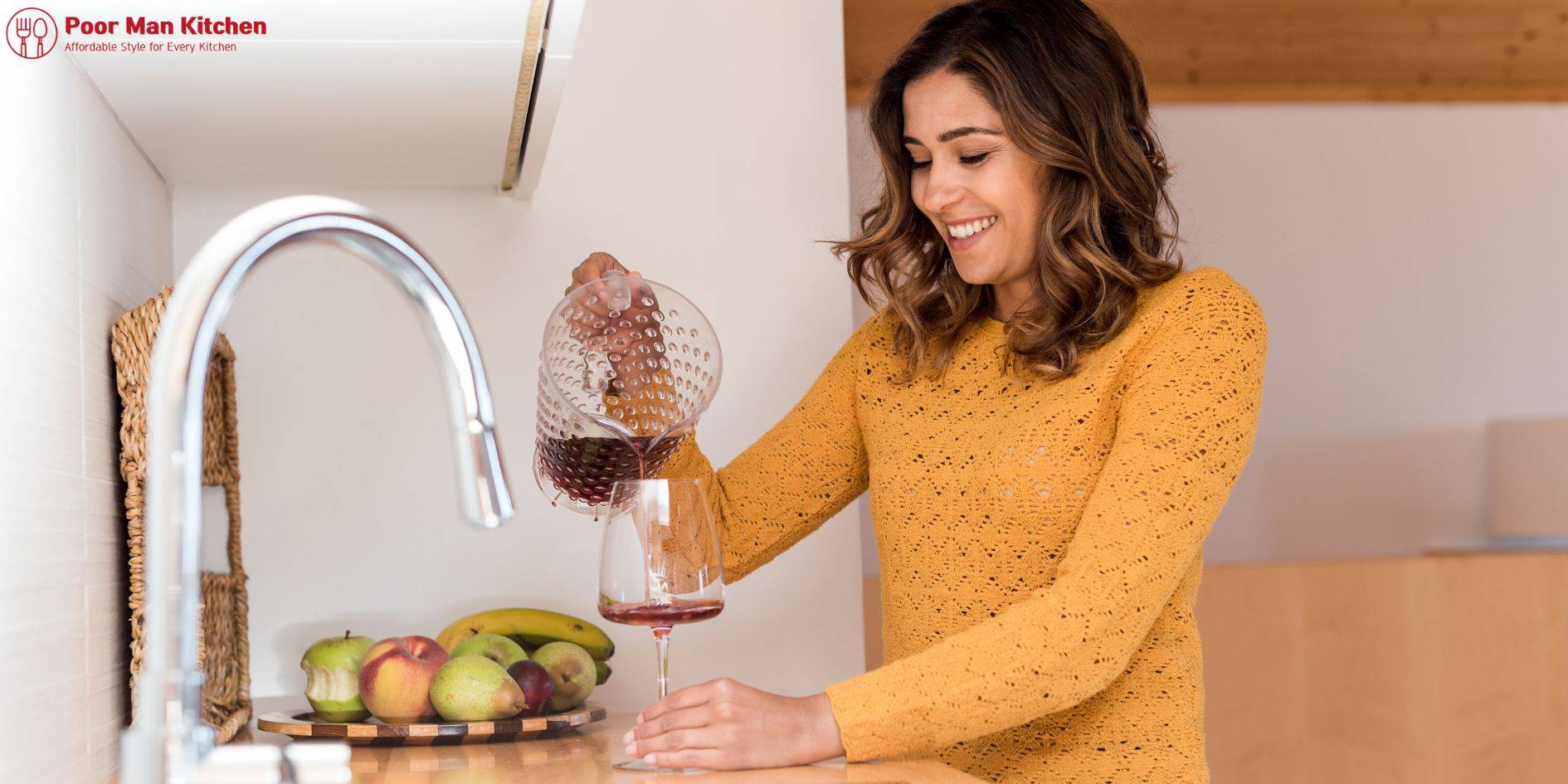Intro
Kitchen faucet water filter over the last years, the conversation around clean drinking water has heightened. Our tap water, once considered safe by default, now deals with consistent dangers from commercial runoff, aging municipal pipelines, agricultural waste, and chemical residues. From lead scandals in cities like Flint, Michigan, to increasing awareness of “forever chemicals” like PFAS, individuals are realizing that the water coming out of their kitchen faucet may not be as clean as they believe.
Why 2025 Is the Year for Smart Water Choices
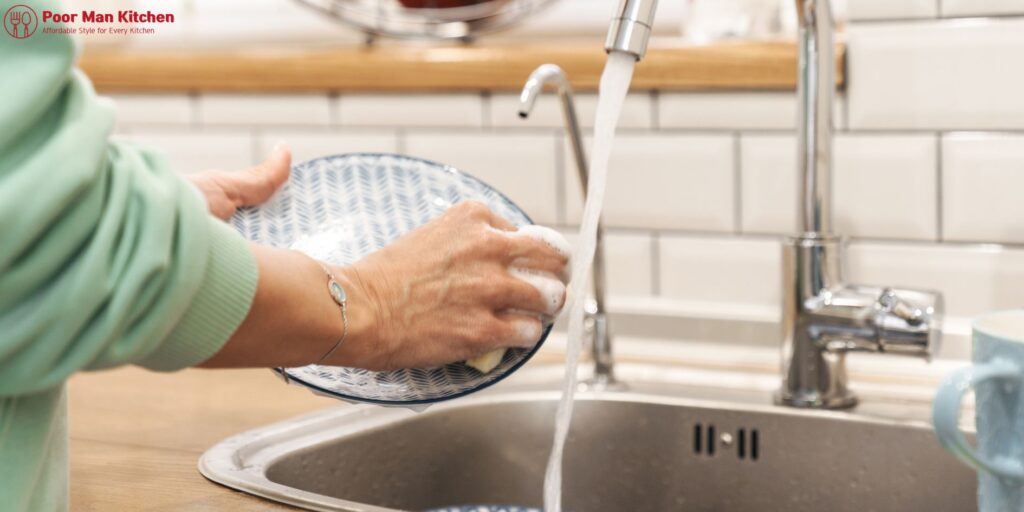
In 2025, with technology growing and ecological difficulties increasing, home water filtering has transitioned from a luxury to a necessity. The faucet water filter is at the center of this shift–inexpensive, easy to set up, and efficient in supplying clean, safe water for everyday usage.
What Is a Kitchen Faucet Water Filter?
How It Works
A cooking area faucet water filter is a gadget that attaches to your faucet to cleanse tap water as it flows. These gadgets work by channeling water through numerous filter stages– generally including activated carbon, ion exchange, and often ceramic or reverse osmosis elements.
Kinds Of Faucet Filters
- Requirement: Faucet-Mounted Filters: Snap straight onto most kitchen faucets. Great for renters and small homes.
- Advanced Multi-Stage Filters: Provide additional security against a more comprehensive series of impurities.
- Smart Filters with Bluetooth Apps: Notify users about filter status and water usage.
- Portable Filters for RVs/Camping: Lightweight and easy to get rid of and reinstall when taking a trip.
Benefits of Using a Faucet Water Filter
Gets Rid Of Harmful Contaminants
Faucet water can contain chlorine, lead, mercury, pesticides, asbestos, and even bacteria. A quality faucet filter successfully removes or lowers these contaminants, offering peace of mind with every sip.
Improves Taste and Smell
Ever discovered that “swimming pool” taste in faucet water? That’s chlorine. A faucet filter removes undesirable odors and tastes, offering you fresh, crisp water straight from the tap.
Economic and Eco-Friendly
Investing $20-$ 40 a month on bottled water? Faucet filters supply the same quality water at a fraction of the cost, and with a much smaller environmental footprint.
Convenience and Easy Installation
No requirement to call a plumbing technician. Most faucet filters install in less than 10 minutes. Changing a filter cartridge? It’s typically a quick twist or click.
Significant Contaminants Found in Tap Water (2025 Update).
Lead and Heavy Metals.
Lead direct exposure is specifically unsafe to children, triggering developmental delays and neurological problems. Despite modern-day requirements, many homes still rely on outdated pipe systems that leach lead and copper into the water system.
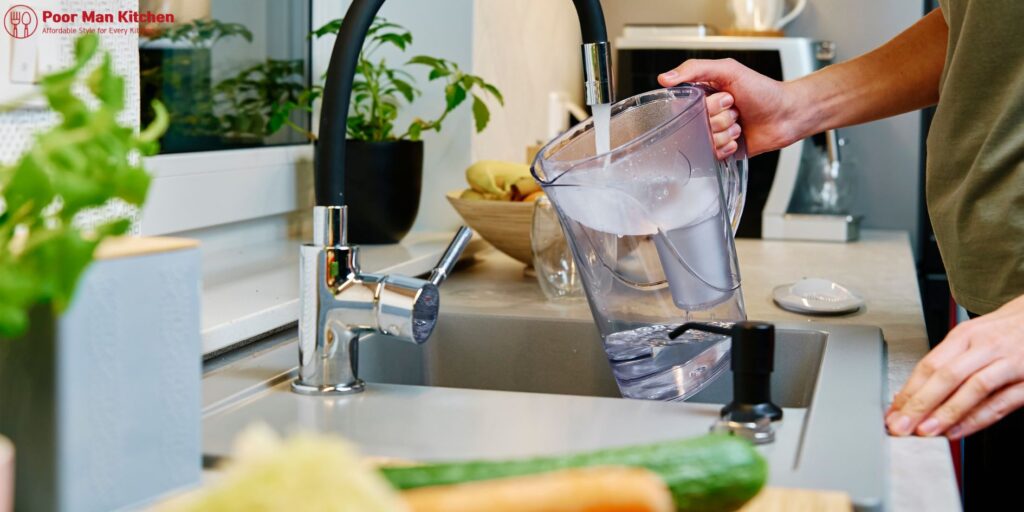
Microplastics and PFAS.
Microplastics are found in more than 80% of worldwide faucet water samples. PFAS chemicals, utilized in non-stick cookware and firefighting foams, are connected to cancer and hormonal disruption. Faucet filters with activated carbon and ion exchange can help in reducing both.
Chlorine and Fluoride.
Modern filters efficiently minimize these chemicals without compromising security.
Bacteria and Pesticides.
If you rely on well water or live near pesticides, bacteria, and farmlands, they can sneak into your water system. A great filter includes an extra layer of security.
Kitchen Faucet Filter vs Bottled Water.
Cost Comparison.
- Bottled Water (Family of 4): Approx. $800- $1,200/year.
- Faucet Filter (High-End): Approx. $100–$ 200/year.
You do the mathematics. Faucet filters win hands down.
Ecological Impact.
The international mineral water market produces over 300 million heaps of plastic waste every year. A faucet filter system slashes your plastic footprint instantly.
Health Considerations.
Numerous bottled water brand names offer filtered tap water. And the plastic utilized in bottles? It can seep BPA and other contaminants over time.
Finest Features to Look for in 2025 Models.
Advanced Filtration Technology.
Search for:.
- NSF/ANSI 53 Certification (removes pollutants).
- NSF/ANSI 42 Certification (enhances taste and odor).
- Reverse Osmosis & UV light (for state-of-the-art alternatives).
Filter Life and Replacement Indicators.
Filters with LED or app-based indications guarantee you never miss out on a replacement.
Smart Features and Connectivity.
Track water usage, filter, and quality life-span on your phone. Some models even send out reorder suggestions immediately.
Compatibility with Modern Faucets.
Guarantee compatibility with pull-down sprayers, side handles, and integrated faucet designs.
Leading Kitchen Faucet Water Filter Brands in 2025.
1. Brita Complete Filter System.
- Economical.
- Widely readily available.
- Easy filter replacements.
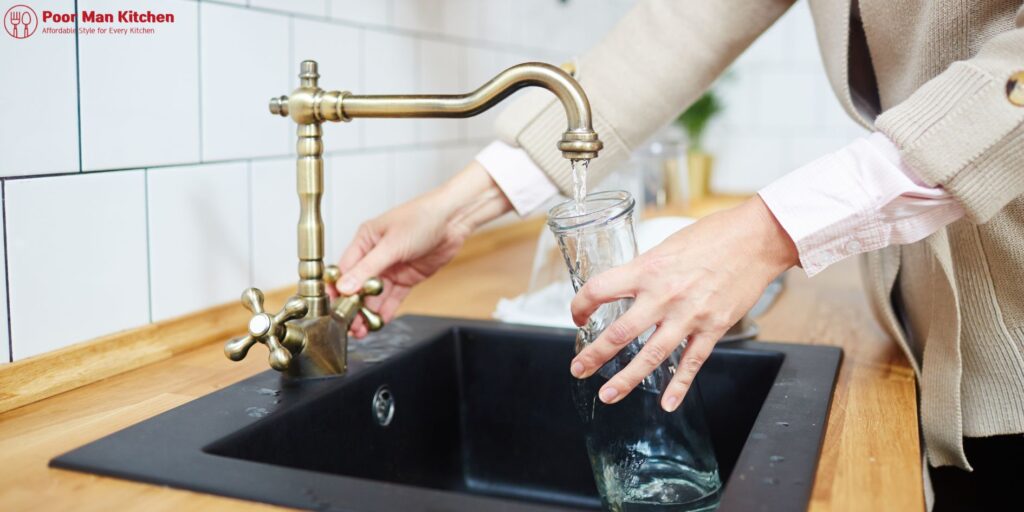
2. PUR Advanced Faucet Filtration System.
- Removes 70+ pollutants.
- Strong flow rate.
- Smooth style.
3. Waterdrop WD-FC-01.
- Ultra-compact.
- Long filter life (approximately 320 gallons).
- Quick-switch style.
4. Culligan FM-25.
- Budget-friendly.
- Easy twist-on style.
- NSF-certified.
5. ZeroWater ZD-013.
- Gets rid of almost all liquid solids.
- Premium purification stages.
Step-by-Step: How to Install a Faucet Water Filter.
What You’ll Need.
- Adjustable wrench (optional).
- Soft cloth.
- Included adapters.
Installation Process.
- Loosen your faucet’s aerator.
- Select the right adapter from your filter set.
- Screw on the brand-new filter system.
- Flush water for 5 minutes to trigger the filter.
- Done! Take pleasure in fresh, tidy water instantly.
Maintenance Tips for Longevity.
When to Replace Filters.
- Every 2- 3 months or after 100-300 gallons, depending on your usage.
- The majority of systems have noticeable or digital signs.
Cleaning and Storage.
- Clean the unit with a damp cloth weekly.
- Never use extreme chemicals near the filter.
- Shop unused filters in a cool, dry location.
Real-Life Case Studies.
1. The Patel Family– San Diego, CA.
After seeing odd tastes and odors, the Patels installed a faucet filter. Within days, the kids began consuming more water, and their grocery bill (previously filled with mineral water) dropped considerably.
2. Lisa– Boston, MA.
Lisa, an apartment tenant, couldn’t set up an under-sink system. She switched to a Brita faucet filter and immediately discovered better coffee and clearer skin.
3. Rural School in Bangladesh.
With minimal infrastructure, a school partnered with a water nonprofit to provide faucet filters. Illnesses connected to poor water quality increased by 60% in just 6 months.
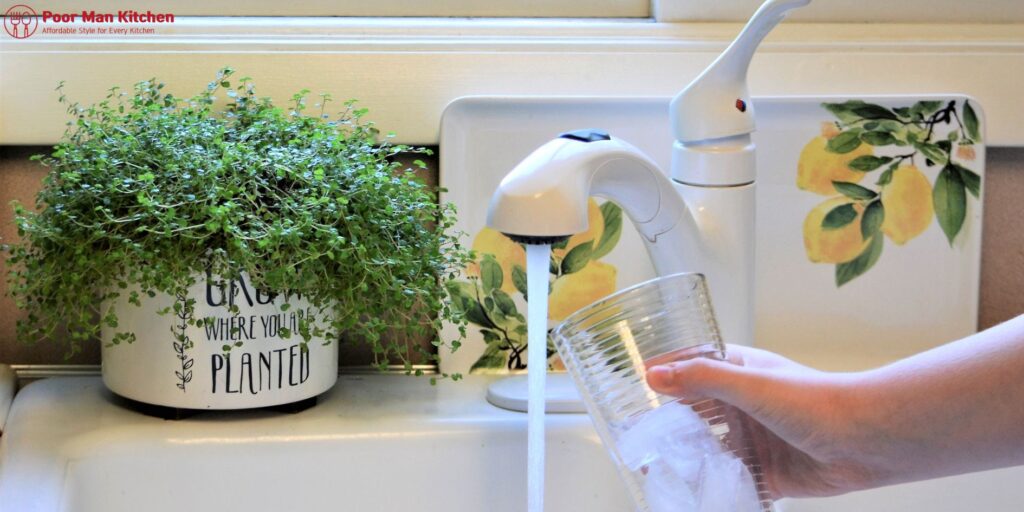
Typical Myths Debunked.
” My Water Tastes Fine– I Don’t Need a Filter”.
Even if it tastes alright, it doesn’t mean it’s safe.
” Filters Are Too Expensive to Maintain”.
The typical expense is around $0.10 per gallon– way less expensive than bottled water.
” They’re Hard to Install”.
Most contemporary faucet filters are plug-and-play. Setup takes 5- 10 minutes.
How Water Quality Differs by Region.
Urban vs Rural.
- Urban Areas: Usually sanitized well, but with greater chemical load and pipe deterioration.
- Rural Areas: Often have well water, with danger of germs, nitrates, and pesticides.
Developed vs Developing Countries.
Even in industrialized countries, issues like pipeline aging and chemical runoff are typical. In establishing nations, faucet filters are a lifeline for access to clean water.
Government Guidelines and Water Standards (2025 ).
EPA and WHO Guidelines.
The U.S. EPA and World Health Organization continue to tighten up requirements. Enforcement and infrastructure upgrades lag.
New Contaminant Watchlist (2025 ).
- Pharmaceutical residues.
- Nano-plastics.
- Endocrine disruptors.
Faucet filters are quickly developing to manage these threats.
How Faucet Filters Help With Cooking and Food Safety.
Washing Produce.
Using unfiltered water on fruits and veggies can move chlorine and pesticides. A filter ensures your food prep is as tidy as your components.
Better Tasting Meals.
Filtered water improves the taste of rice, pasta, tea, soups, and even ice cubes. As soon as you discover the distinction, there’s no going back.
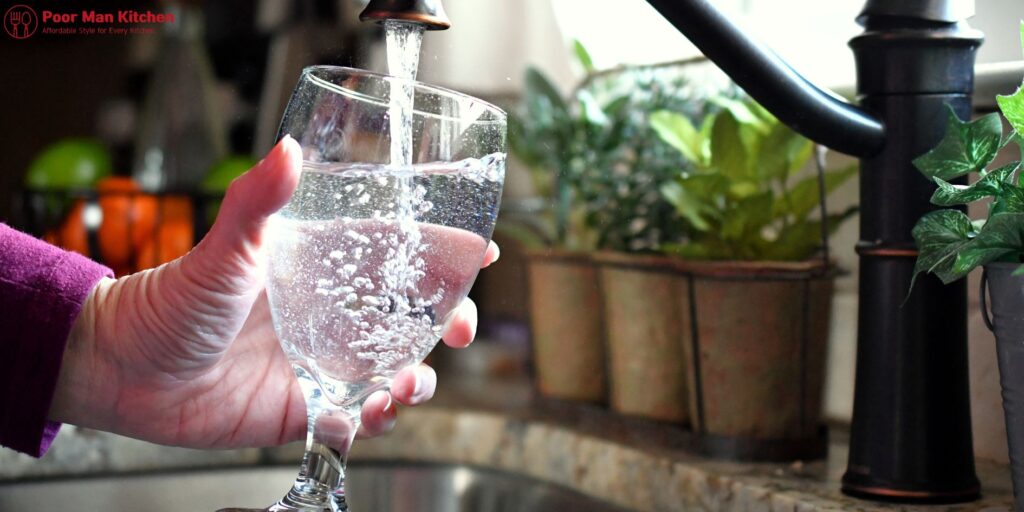
Conclusion.
Water is life, and in 2025, it’s time we start treating it that way. A kitchen area faucet water filter gives you the power to safeguard your health, conserve money, decrease waste, and enjoy the pure, clean taste of water the way it’s meant to be. It’s budget-friendly, smart, and vital. Don’t wait until something fails– act now and make tidy water a part of your daily routine.
Frequently asked questions.
1. Can faucet filters get rid of all kinds of contaminants?
No filter eliminates 100% of all pollutants, but multi-stage systems can eliminate over 70+ hazardous compounds.
2. What if my faucet does not fit the filter?
The majority of brand names include numerous adapters to fit numerous faucet styles. Examine compatibility before purchasing.
3. How do I know my filter is working?
Look for certifications (like NSF), and keep an eye on the taste, clarity, and any clever alerts from your filter.
4. Do I need a plumber to set up a faucet water filter?
Not. These are created for a simple DIY setup– normally under 10 minutes.
The faucet water filter is at the center of this shift– affordable, easy to set up, and effective in offering clean, safe water for everyday use. A kitchen faucet water filter is a gadget that connects to your faucet to cleanse tap water as it flows. A faucet filter removes unpleasant smells and tastes, offering you fresh, crisp water straight from the tap.
Numerous bottled water brand names sell filtered tap water. A kitchen faucet water filter gives you the power to protect your health, save money, reduce waste, and enjoy the pure, clean taste of water the way it’s meant to be.
<script type="application/ld+json">
{
"@context": "https://schema.org",
"@type": "BlogPosting",
"mainEntityOfPage": {
"@type": "WebPage",
"@id": "https://poormankitchen.com/kitchen-faucet-water-filter/"
},
"headline": "Amazing Benefits of Using a Kitchen Faucet Water Filter in 2025",
"description": "Kitchen faucet water filter over the last years, the conversation around clean drinking water has heightened. Our tap water, once considered safe by default, now deals with consistent dangers from commercial runoff, aging municipal pipelines, agricultural waste, and chemical residues.",
"image": "https://poormankitchen.com/wp-content/uploads/2025/07/kitchen-faucet-water-filter-4.jpg",
"author": {
"@type": "Person",
"name": "poormankitchen",
"url": "https://poormankitchen.com/kitchen-faucet-water-filter/"
},
"publisher": {
"@type": "Organization",
"name": "Humayon",
"logo": {
"@type": "ImageObject",
"url": "https://poormankitchen.com/wp-content/uploads/2025/07/cropped-Nest-1.png"
}
},
"datePublished": "2025-08-03",
"dateModified": "2025-08-03"
}
</script>
